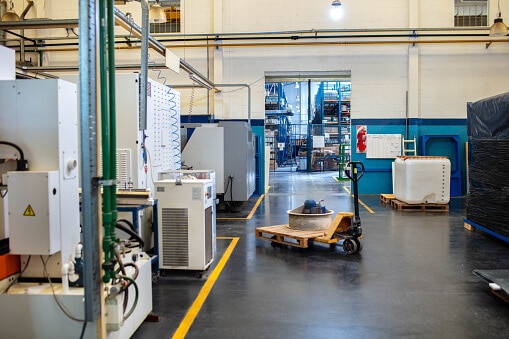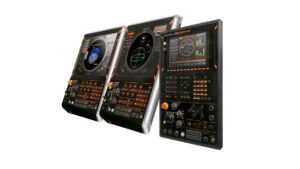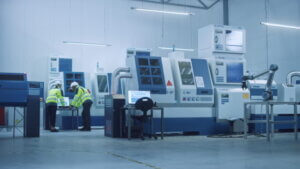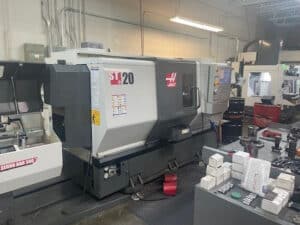Premier Equipment is the industry leader in CNC machines. We are also the largest online marketplace for finding a CNC used for sale! If you are curious about CNC delivery or how to ship a CNC machine, review the following guide, which also details our latest arrivals and used CNC inventory options. Should you have questions at any time, do not hesitate to contact us.
NEW ARRIVALS AND SHOWCASE MACHINES
Looking for our newest arrivals? Head to the online catalog to find the latest additions to our used CNC machine inventory. This section is updated hourly and is your best resource for used CNC machines that have recently hit the market. Our “Showcase Machines” section is also updated hourly and highlights the very best of the best in used CNC machines available now.
HOW TO SHIP A CNC MACHINE
There are several options for shipping a CNC machine efficiently. They include:
- Using your own truck, preferably a heavy-duty truck designed for hauling equipment
- Using your own trailer
- Using a trailer provided by the seller
- Hiring a local transportation company to transport the machine(s)
Whether you utilize a trailer of yours or the buyer’s trailer, it must feature the right payload. Attempting to haul a CNC machine or any heavy equipment with a vehicle or trailer under the recommended payload can result in a serious accident. You’ll also want to double-check the trailer’s height and width, as it must comply with U.S. overland transportation guidelines. The maximum width and height in the U.S., for example, is 8’6″ wide and 13’6″ tall. If you need to ship a CNC machine to Canada, ensure your trailer adheres to the country’s transportation regulations.
Flatbed trailers are the popular choice for shipping CNC machines and are typically 48 feet long. However, some include “overhang” sections and are still considered legal transportation options. Drop-deck trailers are also used to ship CNC machines, as they feature lower middle decks that accommodate tall machines. These decks help keep the machines in place for safer transportation.
Should the weight of the trailer, tractor, and machine load surpass 80,000 pounds, you’ll need a special transit permit.
PREPARING FOR CNC MACHINE DELIVERY
While most CNC machines can be shipped intact, some require disassembly to fit on their trailers or other modes of transportation. If you purchased a larger used CNC machine and it arrives in several pieces, it is generally best to let a CNC technician from Premier Equipment handle the machine removal and reassembly. This technician also works with the trailer or truck rigger to take the machine apart and make certain it is placed on the trailer securely.
Allowing professionals to handle these processes avoids injuries and costly machine damage. Premier Equipment works with 5,000, 15,000, and 40,000-pound forklifts to transport CNC machines from our headquarters to truck beds and trailers. We also have a crane on premise for more challenging transfers.
Found a Used CNC For Sale? REQUEST A QUOTE
Once you have found the CNC used for sale that you’re interested in, the next step is requesting a quote. Fill in a few fields of contact information for your company and submit your request. It’s as simple as that! Want to request a quote for multiple used CNC machines? No problem. Simply add each used CNC machine to the quote cart before submitting the form. We look forward to answering your questions and working with you!



